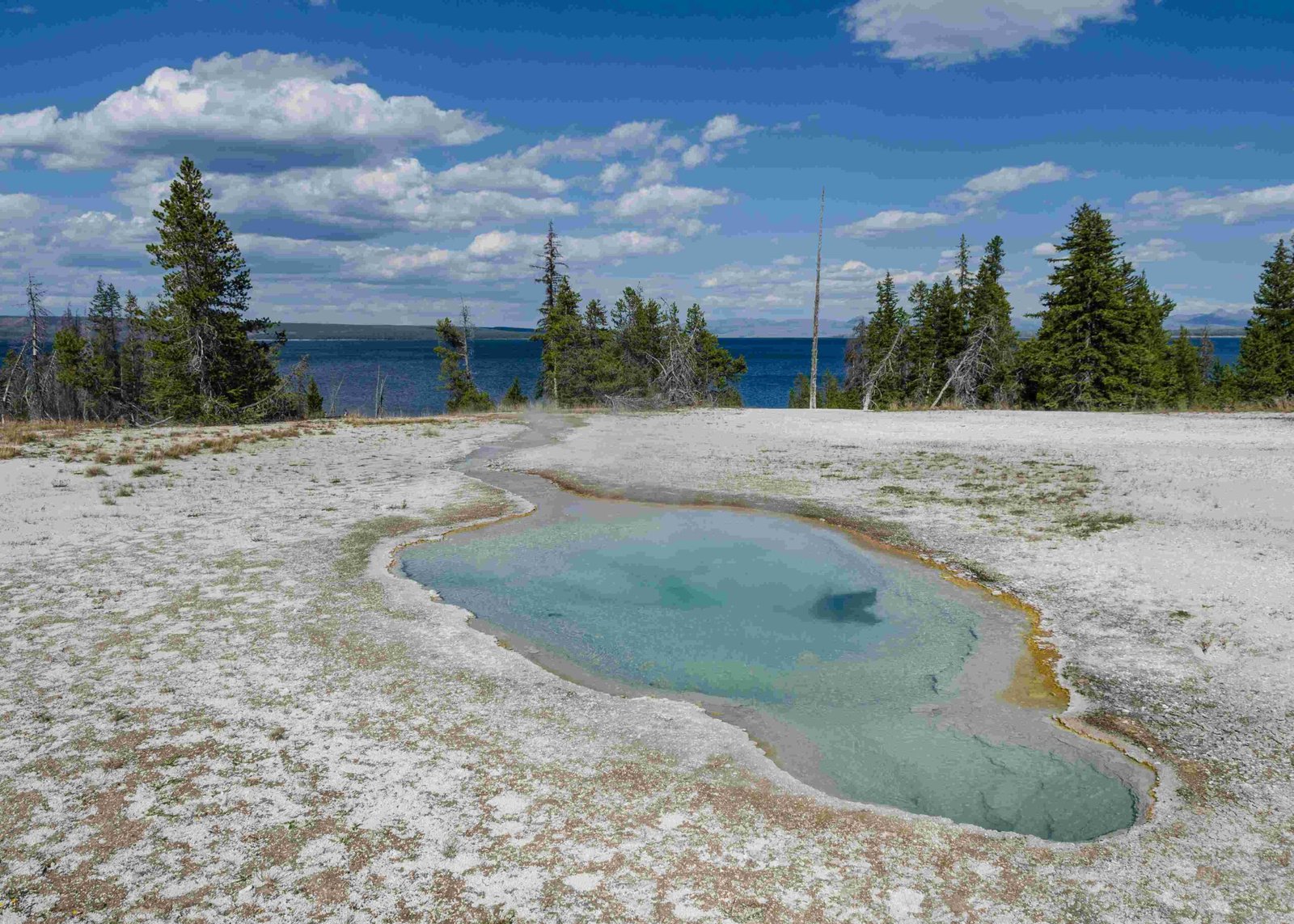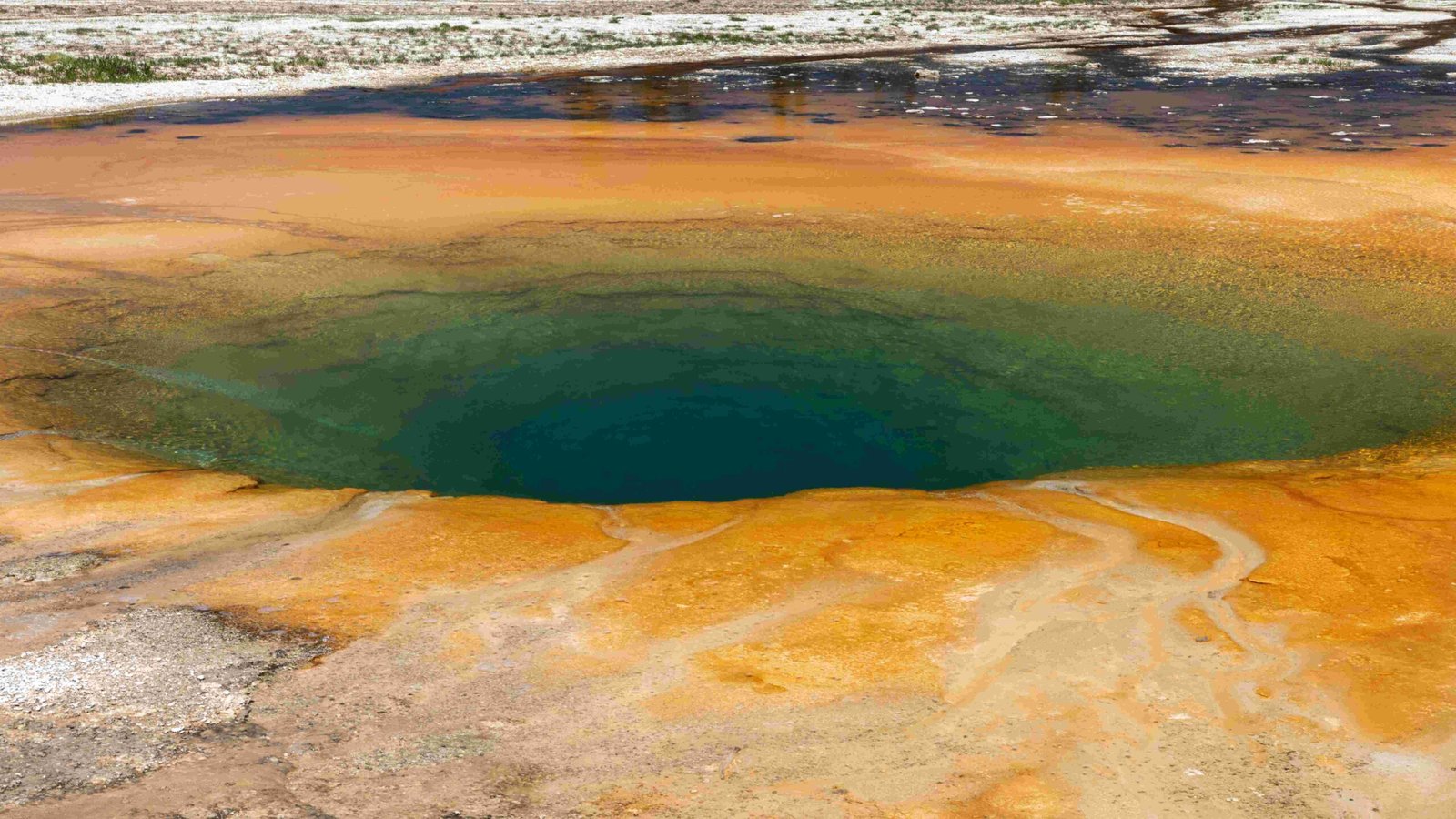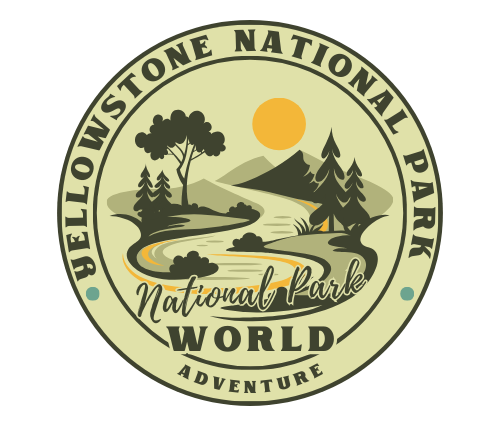Yellowstone National Park’s unique geothermal features create a fascinating environment where the boiling point of water differs from sea level. Due to the park’s high elevation, water boils at a lower temperature, impacting the behavior of geysers, hot springs, and other thermal features. This article explores the intricacies of boiling points within Yellowstone, examining the temperatures of various geothermal features and their implications for visitors and the park’s ecosystem.
What Factors Affect the Boiling Point in Yellowstone?

The boiling point of water in Yellowstone National Park is primarily influenced by its elevation. At approximately 7,000 feet above sea level, atmospheric pressure is lower than at sea level, causing water to boil at a lower temperature. This phenomenon creates a unique environment for the park’s geothermal features and affects how they function.
Elevation and Atmospheric Pressure
- Average elevation of Yellowstone: ~7,000 feet
- Atmospheric pressure: Lower than sea level
- Result: Lower boiling point for water
What is the Exact Boiling Point Temperature in Yellowstone?

In Yellowstone National Park, the boiling point of water is approximately 199°F (93°C). This is significantly lower than the 212°F (100°C) boiling point at sea level. The reduced boiling point temperature has profound effects on the park’s geothermal features and creates unique conditions for the diverse ecosystem within Yellowstone.
Comparison of Boiling Points
| Location | Elevation | Boiling Point |
|---|---|---|
| Sea Level | 0 feet | 212°F (100°C) |
| Yellowstone | ~7,000 feet | 199°F (93°C) |
How Do Geysers in Yellowstone Exceed the Boiling Point?
Despite the lower boiling point in Yellowstone, many geysers and hot springs exhibit temperatures well above 199°F (93°C). This seemingly paradoxical phenomenon is due to the intense pressure within the geothermal systems beneath the park’s surface.
Old Faithful: A Case Study in Geyser Temperatures
- Vent temperature: 204°F (96°C)
- Temperature 45 feet inside the geyser’s throat: 244°F (117°C)
- Deep plumbing system temperatures: Can exceed 400°F (204°C)
The high pressure within the geyser’s plumbing system allows water to remain liquid at temperatures far above the surface boiling point. When this superheated water rises and pressure decreases, it rapidly turns to steam, causing the characteristic geyser eruptions.
What Are the Temperature Ranges of Yellowstone’s Hot Springs?
Hot springs in Yellowstone showcase a wide range of temperatures, often reaching or exceeding the local boiling point of 199°F (93°C). These thermal features are not only remarkable for their heat but also for their vibrant colors and unique ecosystems.
Notable Hot Springs and Their Temperatures
- Grand Prismatic Spring
- Temperature: 160°F (70°C)
- Discharge rate: 560 US gallons (2,100 L) per minute
-
Notable for its vivid colors caused by thermophilic bacteria
-
Mammoth Hot Springs
- Temperature range: 149°F to 167°F (65°C to 75°C)
-
Unique terraced formations due to mineral deposits
-
Norris Geyser Basin
- Contains some of the hottest thermal features in the park
- Temperatures can exceed the local boiling point
How Does the Lower Boiling Point Affect Yellowstone’s Ecosystem?
The lower boiling point in Yellowstone creates a unique environment that supports a diverse array of thermophilic (heat-loving) organisms. These microorganisms have adapted to thrive in extreme temperatures and often contribute to the striking colors seen in many of the park’s hot springs and geothermal features.
Thermophilic Organisms in Yellowstone
- Archaea: Ancient microorganisms that can survive in temperatures up to 230°F (110°C)
- Thermophilic bacteria: Produce pigments that create vibrant colors in hot springs
- Extremophiles: Organisms adapted to survive in extreme conditions, including high temperatures and acidic environments
What Safety Precautions Should Visitors Take Around Thermal Features?
Given the extreme temperatures and unique conditions around Yellowstone’s thermal features, visitors must adhere to strict safety guidelines to protect themselves and preserve the delicate ecosystem.
Visitor Safety Guidelines
- Stay on designated boardwalks and trails
- Keep children close and pets on leashes
- Do not touch or approach thermal features
- Avoid throwing objects into hot springs or geysers
- Be aware of thin, fragile ground near thermal areas
How Do Yellowstone’s Geothermal Features Compare to Other Volcanic Areas?
Yellowstone’s geothermal features are among the most diverse and concentrated in the world. The park’s unique combination of geological factors creates a setting that is unparalleled in its variety and intensity of thermal activity.
Comparison with Other Geothermal Areas
| Location | Notable Features | Max Temperatures |
|---|---|---|
| Yellowstone, USA | Geysers, hot springs, fumaroles | >400°F (204°C) |
| Rotorua, New Zealand | Geysers, mud pools, hot springs | ~214°F (101°C) |
| Iceland | Geysers, hot springs, fumaroles | ~212°F (100°C) |
| Kamchatka, Russia | Geysers, hot springs, volcanoes | >212°F (100°C) |
Yellowstone’s lower boiling point, combined with its intense underground heat, creates a unique environment where superheated water can exist in liquid form at depths, leading to spectacular geyser eruptions and other thermal phenomena.
What Research Opportunities Does Yellowstone’s Thermal Environment Offer?
The unique thermal conditions in Yellowstone provide invaluable opportunities for scientific research across various disciplines. The park serves as a natural laboratory for studying extremophiles, geothermal processes, and the potential for life in extreme environments.
Research Areas in Yellowstone
- Microbiology: Study of thermophilic organisms and their adaptations
- Geochemistry: Analysis of mineral compositions and water chemistry in thermal features
- Volcanology: Monitoring of geothermal activity as indicators of volcanic processes
- Astrobiology: Exploration of life in extreme environments as analogs for potential extraterrestrial life
The lower boiling point within Yellowstone National Park creates a fascinating environment where water behaves in unexpected ways. From the spectacular eruptions of geysers to the vibrant colors of hot springs, the park’s thermal features continue to captivate visitors and researchers alike. Understanding the science behind these phenomena enhances our appreciation of Yellowstone’s unique place in the natural world and underscores the importance of preserving this extraordinary ecosystem for future generations.
References:
1. How Hot is Old Faithful? – Heat – National Park Service
2. Geysers – NPS History
3. Grand Prismatic Spring – Wikipedia
4. Yellowstone National Park – Wikipedia
5. Yellowstone Geothermal Features – National Park Service
